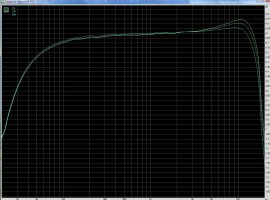A recent paper has looked not just at frequency domain differences (minimal) but time domain differences and measured differences. At least someone is going beyond the standard measurements to observe differences. https://www.google.com/url?sa=t&rct=j&q=&esrc=s&source=web&cd=&ved=2ahUKEwig5ILFmtv5AhWMhFwKHTUpDKUQFnoECAYQAQ&url=http://boson.physics.sc.edu/~kunchur/papers/Audibility-of-cable-pathways--Kunchur.pdf&usg=AOvVaw0DPhd-nUb2LmIZl-dADk8U
You may get a security notice, ignore it, the site is genuine.
You may get a security notice, ignore it, the site is genuine.



